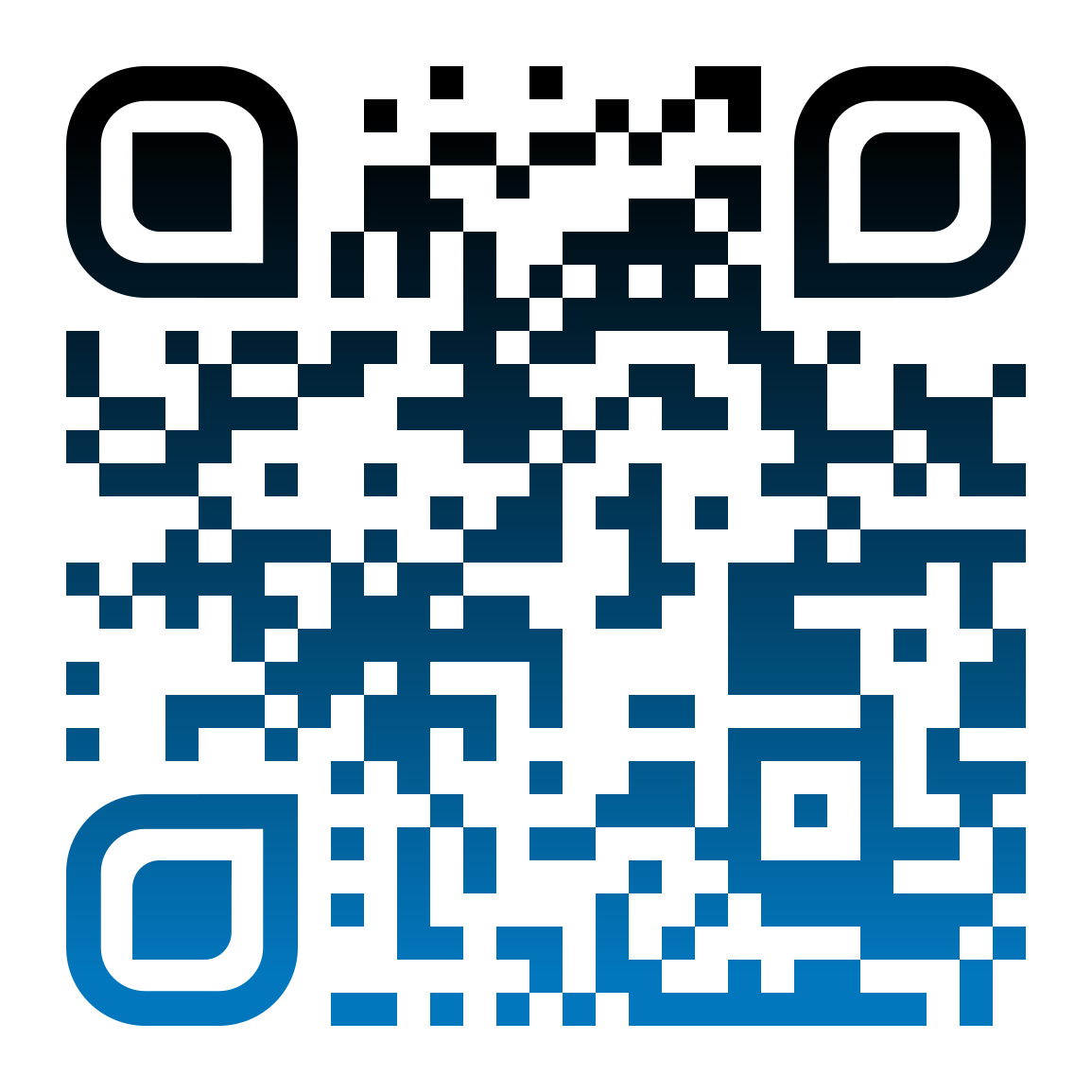Total Area Flooded
The combined analysis revealed a massive inundation zone affecting critical coastal ecosystems and infrastructure.
11,531
Hectares
Analysis of Flooded Land Types
The floodwaters did not affect all land types equally. The bar chart below shows the breakdown of the 11,531 hectares that were inundated, highlighting the significant impact on sensitive ecosystems like mangroves and essential economic zones like shrimp farms.
The Three Pillars of Data Integration
This assessment's accuracy comes from fusing three distinct data sources, each with a unique strength, to create a comprehensive and validated picture of the flood event.
Sentinel-1 (SAR)
This radar satellite was the primary tool for flood mapping. Its key advantage is the ability to penetrate cloud cover, which is essential for gathering data during and immediately after a hurricane.
Sentinel-2 (MSI)
This optical satellite provided high-resolution imagery used to classify the different types of land *before* the flood, allowing researchers to identify exactly what was later inundated.
Social Network Data
Geotagged photos and videos from social media provided invaluable "ground truth." This real-world data was used to validate the satellite-derived flood maps, confirming their accuracy.
Methodology Flowchart
1. Pre-Flood Analysis
A cloud-free Sentinel-2 image from the dry season is processed using a K-means algorithm to create a detailed Land Use/Land Cover (LULC) map.
2. Post-Flood Mapping
Flood maps are generated independently from both Sentinel-1 (radar) and Sentinel-2 (optical) images taken shortly after the hurricane.
3. Data Combination
The two satellite-derived flood maps are combined to create a single, more accurate flood extent map.
4. Validation & Final Assessment
The combined map is cross-referenced with social network data for ground-truth validation. The final, validated flood map is overlaid with the LULC map to quantify the impact on each land type.
Conclusion: The Power of Fusion
By integrating all-weather radar, high-resolution optical imagery, and on-the-ground social media data, researchers can produce a far more robust, detailed, and validated assessment of a disaster's impact. This multi-sensor approach is the future of effective environmental monitoring.

Scan me
Digital object identifier (DOI)
https://doi.org/10.7717/peerj.17319Combining multisensor images and social network data to assess the area flooded by a hurricane event